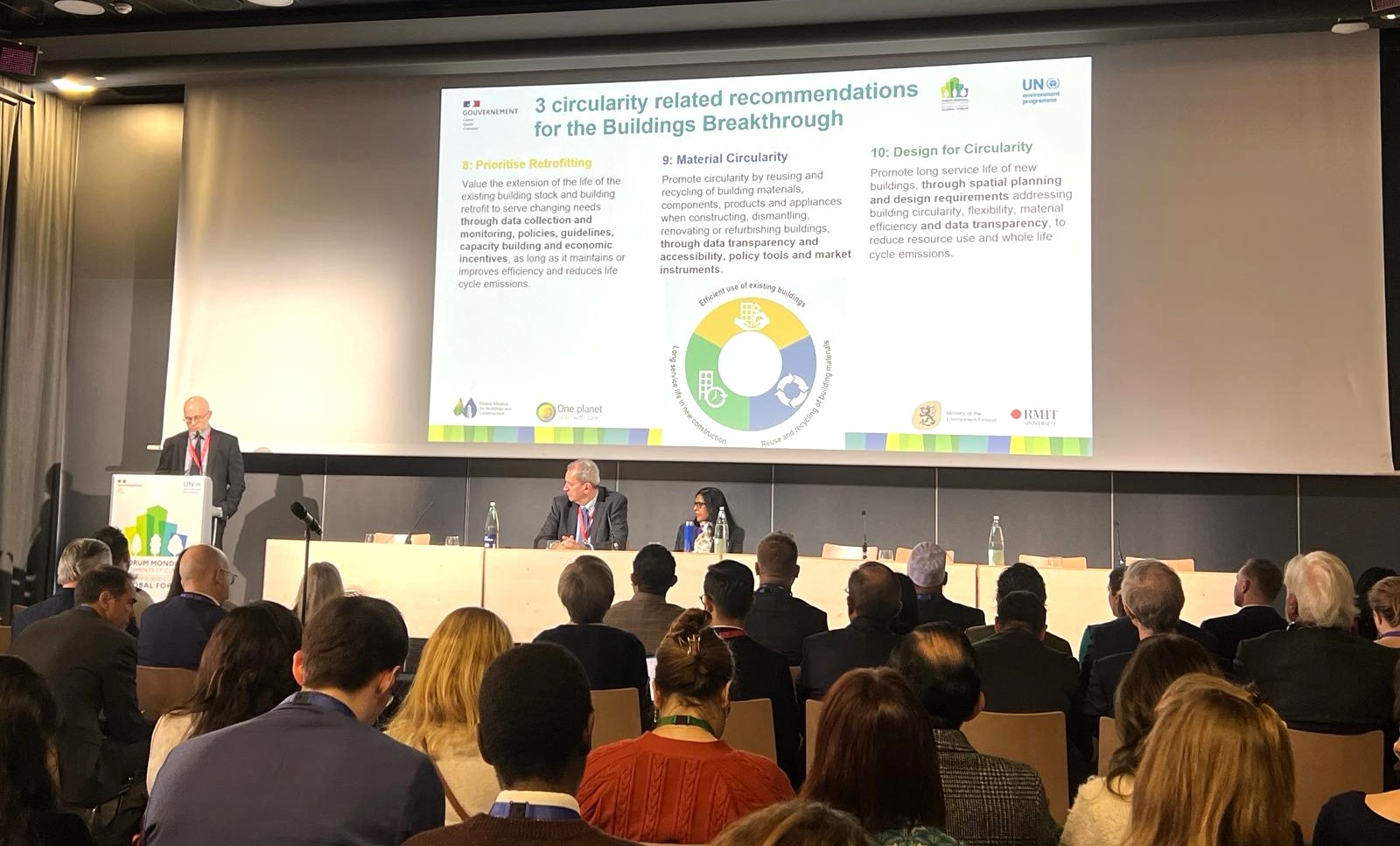Showcase that Njeremoto Biodiversity Institute (NBI-Zimbabwe) HLLM Approach helps CO2 emission reduction
The Institute’s work is committed to rehabilitation, regeneration and restoration of degraded arid and semi-arid rangeland ecosystems using Holistic Land and Livestock Management approaches. NBI currently works with Smallholder Rural Communities in arid and semi-arid degraded rangeland areas of Shurugwi District in Zimbabwe. NBI has been successfully carrying out this work for the last four years.
To NBI, one of the biggest climate change problems, is the predominance of bare-ground result
To Showcase that Njeremoto Biodiversity Institute (NBI-Zimbabwe) HLLM Approach helps CO2 emission reduction
Land Management:
To Rehabilitate degraded rangelands and restore healthy grasslands for increased fodder. Recharge underground water to restore natural water sources and provide drinking water. Combat effects of climate change and reverse desertification
Livestock Management:
To Develop livestock management plans, increase herd productivity, facilitate herding and reduce stock loses. Create markets for livestock and develop Community Agro-processing focusing on Abattoirs and Milk Centers.
Community:
To Develop farmers’ eco-literacy, transfer of knowledge and management skills. Develop self-reliant, motivated, action oriented and cohesive communities. Enhance food and nutrition security, increase income, and eliminate poverty and hunger for sustainable livelihoods. Attract investment, create employment and attain rural economic growth.
Activities are based on the Major Programme Components
1. Rangelands Management (planned grazing and combined herding)
2. Livestock Management (improved productivity and bull schemes)
3. Livestock Marketing Component (Auctions, Community Abattoirs)
4. Governance Component: Community Development (empowerment, capacity building, support for organizational and management structures).
1. Rangelands Management Component
1.1 Foster grazing planning and forage assessment;
1.2 Develop reliable and clean water sources for livestock;
1.3 Instil Fire prevention & response;
1.4 Stop Deforestation;
1.5 Foster Land use planning;
1.6 Resuscitate herding and any other best rangelands and livestock management practices in communities;
1.7 Instil sustainable natural resource usage and management;
1.8 Monitor rangeland health;
1.9 Accelerate over-seeding (Planting grass through animal dung/ grazing and overnighting animals in spots where the grass is to be dropped)
2. Livestock Management Component
2.1 Train on Bull/cow ratio; Herd structure; Vaccination and health programme; Animal safety; Mortality management;
2.2 Implement Trials on strategic nutrients supplementation (sampling, analyse and apply)
3. Livestock Marketing Component
3.1 Assist farmers identify marketable livestock for various sectors of the market (formal and informal);
3.2 Coordinate with project committees and buyers about availability of marketable livestock from the farmers;
3.3 Share marketing related information with farmers & advise them correctly; Improve quality livestock for marketing;
3.4 Resource mobilize and construct Community Abattoirs and Milk Processing Parlours
4 Governance Component : Ward and Village Level Grazing plus Community mobilization
4.1 Support for organizational and management structures;
4.2 Building trust and credibility;
4.3 Liaise with all stakeholders;
4.4 Assist community to explore issues; train on organizational development (enhance visioning, planning, monitoring and feedback skills)
4.5 Develop capacity on group rights to address and control grass and water poaching;
4.6 Enhance decision making, joint budgeting, implementation and capacity building skills;
4.7 Develop business ethics, co-operative and social entrepreneurship organizations in communities
4.8 Develop and establish sustainable partnerships for scale-up and replication and share experiences
Livestock provide ecological services too great to warrant their complete removal from the landscape.
Sequestering carbon has become a topic essential to the broader conversation about how our planet might survive the escalating effects of climate change. Livestock are frequently demonized as the enemy of this process. That’s partly because raising animals for meat and dairy accounts for 5 percent of global carbon dioxide emissions; unsurprisingly, study after study—including the United Nations’ most recent, bleak climate report—affirms that humans need to reduce consumption of animal-based products in order to fend off planetary disaster. This has led to the advent of a booming industry cantered on plant-based “meats” and “milks,” buoyed by a rallying cry from some quarters to abolish meat and cheese and butter and eggs from our diets wholesale.
Livestock farming such as Massy once practiced it—the way many farmers and ranchers continue doing it, by overgrazing of open grass- and rangelands, or by grazing lands not suited to the practice—can be an ecologically ruinous way to produce food. It can destroy soil health and biodiversity, emitting greenhouse gasses in the process, including carbon dioxide. And yet, research also confirms that livestock provide ecological services too great to warrant their complete removal from the landscape.
Properly managed under the right confluence of conditions, cattle, hogs, sheep, goats, and chickens can help mitigate degraded soils and restore healthy ecosystems, which helps lock carbon deep in the ground. About 40 percent of ice-free land on earth is considered grazing land, which sequesters about 30 percent of our planet’s carbon pool.
How Carbon Is Sequestered
Every plant plays the vital function of removing carbon dioxide from the atmosphere, via photosynthesis. Using sunlight’s energy, the plant fuses that carbon with hydrogen and oxygen to make carbohydrates, which it moves into the soil through its roots. (It also maintains some carbon in its own leaves and shoots and stems.)
The roots feed the carbohydrates to dirt-bound fungi; in return, the fungi feed minerals back to the plant. As Mother Earth News describes it, “This invisible partnership…is the foundation of the terrestrial carbon cycle, as plants incorporate carbon from atmospheric carbon dioxide into carbohydrate biomass.”
The Benefits of Animals: If managed grazing could be amped up worldwide, it could sequester over 16 gigatons of carbon by 2050.
External source(s)
Image

Osmond Mugweni
Project start date
01/05/2013
Project end date
30/01/2019

